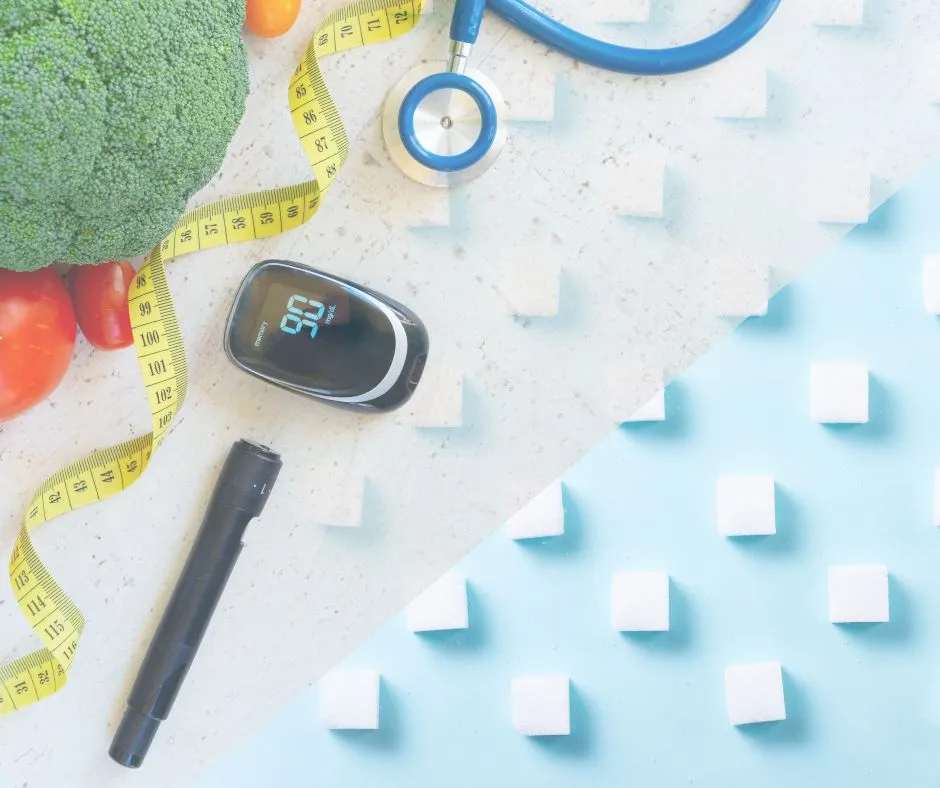Prediabetes is a significant health concern affecting millions of people worldwide. It is characterized by higher-than-normal blood sugar levels but not yet at the level of type 2 diabetes. The good news is that you can reverse prediabetes in as little as three months with the right dietary and lifestyle changes. In this article, we will explore the potential benefits of raisins, specific fruits, and electrolytes for diabetes management, along with a step-by-step guide on reversing prediabetes within this short timeframe.
Table of Contents
ToggleThe Importance of Early Intervention
Early intervention is critical to halt the progression of prediabetes to type 2 diabetes. By adopting healthy habits, individuals can prevent or delay the onset of diabetes, reduce the risk of related complications, and improve overall health.
Raisins and Diabetes

As dried grapes, raisins are a nutrient-dense food containing fiber, antioxidants, and essential vitamins and minerals. However, they are also high in sugar, making them a controversial food choice for diabetics.
Several studies have shown that moderate consumption of raisins improves blood sugar control and promotes a healthier metabolic profile. This could be due to their high fiber content, which slows down the absorption of sugar in the bloodstream, and the presence of various antioxidants, which may help manage diabetes. However, it is crucial to consume raisins in moderation and monitor your blood sugar levels to avoid any unwanted spikes.
What Fruit Kills Diabetes
Though no single fruit can “kill” diabetes, some fruits have properties that can help manage and even prevent the condition. Berries, particularly blueberries, are considered one of the best fruits for people with prediabetes or diabetes. They are low in sugar and high in fiber and antioxidants, which may help to regulate blood sugar levels and decrease insulin resistance. Other fruits, such as cherries, apples, and pears, also offer similar benefits.
Electrolytes for Diabetes
Electrolytes are minerals that are vital in maintaining proper fluid balance, nerve function, and muscle contractions. Some common electrolytes include sodium, potassium, calcium, and magnesium. Individuals with prediabetes or diabetes may experience fluctuations in blood sugar levels that can impact their electrolyte balance. Moreover, certain diabetes medications may also affect electrolyte levels.
Including electrolyte-rich foods or supplements can help ensure optimal health and maintain normal blood sugar levels. Foods high in potassium, like bananas and avocados, can help counteract the negative effects of sodium on blood pressure. Calcium-rich foods, such as dairy products and leafy greens, can contribute to healthy nerve function, while magnesium, found in nuts, seeds, and whole grains, can improve insulin sensitivity.
A Step-by-Step Guide on How to Reverse Prediabetes in 3 Months
The key to reversing prediabetes within three months is a combination of proper diet, regular physical activity, and monitoring your blood sugar levels. Here is a step-by-step guide to help you achieve this goal:
Step 1: Consult a healthcare professional
Seek guidance from a healthcare professional, such as a nutritionist or dietitian, to develop a tailored plan that suits your needs.
Step 2: Adopt a balanced diet
Include nutrient-dense foods like lean proteins, whole grains, fruits, vegetables, and healthy fats. Moderation and portion control are also essential, especially for foods high in sugar, like raisins.
Step 3: Monitor your carbohydrate intake
Carbohydrates have a direct impact on blood sugar levels. Aim for a consistent intake of carbohydrates throughout the day and choose high-fiber, low-glycemic options whenever possible. This can help regulate blood sugar levels and prevent drastic fluctuations.
Step 4: Incorporate regular physical activity
Aim for at least 150 minutes of moderate-intensity aerobic exercise per week, such as brisk walking, cycling, or swimming. Include strength training exercises at least twice weekly to build muscle mass and improve insulin sensitivity.
Step 5: Manage stress
Chronic stress can negatively impact blood sugar levels and overall health. Practice stress-reduction techniques such as deep breathing, meditation, yoga, or engaging in hobbies to help maintain a balanced state of mind.
Step 6: Prioritize quality sleep
Aim for 7-9 hours of sleep per night. Poor sleep can affect blood sugar regulation and increase the risk of developing type 2 diabetes. Establish a consistent sleep schedule and create a relaxing bedtime routine to improve sleep quality.
Step 7: Maintain a healthy weight
Excess weight can increase the risk of developing type 2 diabetes. Focus on adopting a balanced diet and regular exercise routine to achieve and maintain a healthy weight.
Step 8: Monitor your blood sugar levels
Monitoring your blood sugar levels can help you track your progress and adjust your lifestyle as needed. Consult with your healthcare professional about the frequency and method of monitoring that’s best for you.
Step 9: Stay hydrated
Drinking enough water throughout the day is essential for overall health and blood sugar regulation. It can also help prevent dehydration, especially for those with diabetes or prediabetes.
Step 10: Stay informed and proactive
Educate yourself about prediabetes, diabetes management, and the latest research. This knowledge will empower you to make informed decisions and actively participate in healthcare.
Conclusion
Reversing prediabetes within three months is achievable with dedication, discipline, and a strategic approach. Incorporating nutrient-dense foods like raisins, fruits that help manage diabetes, and electrolytes in your diet, along with regular exercise, stress management, and proper sleep, can significantly impact your health. Always consult with a healthcare professional before making any major lifestyle changes, and remember that maintaining these habits is crucial for long-term success in managing prediabetes or diabetes.
Watch Video

